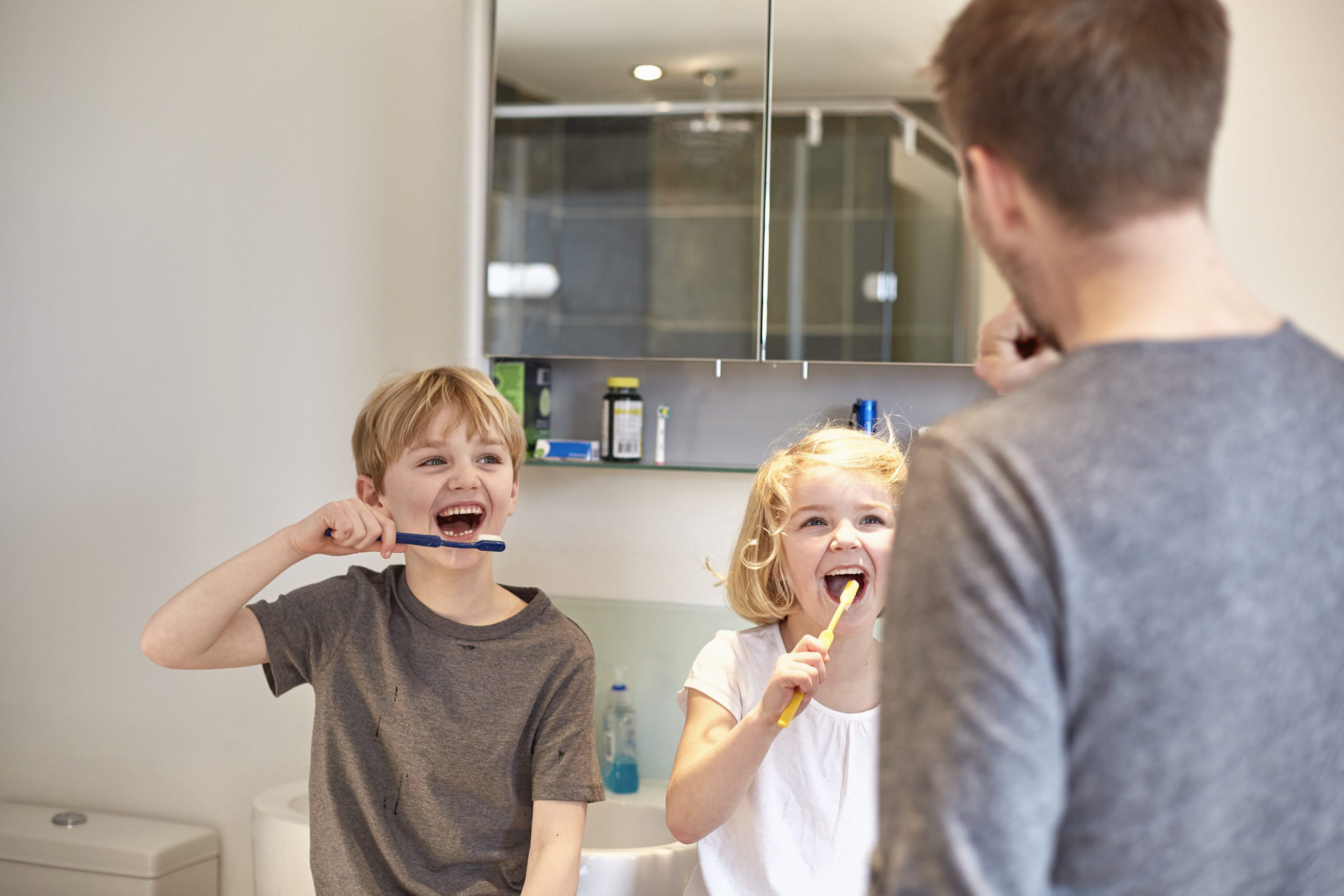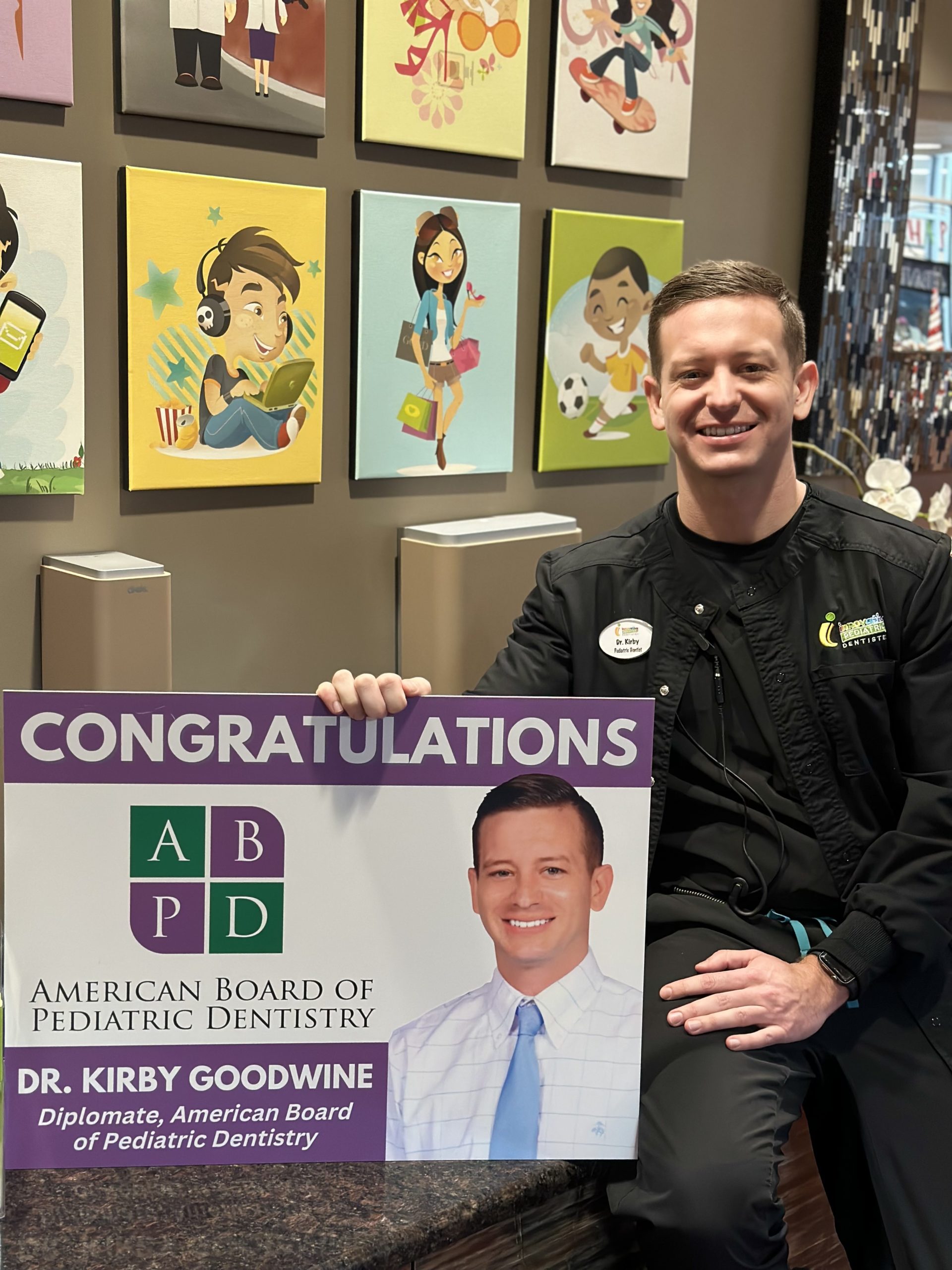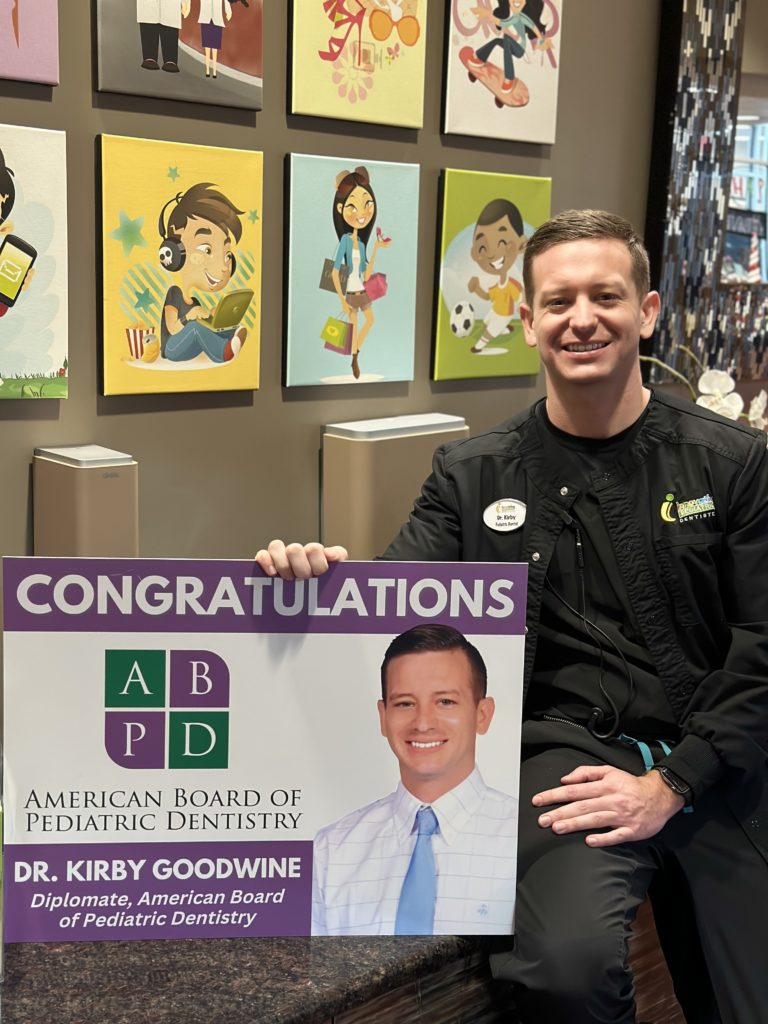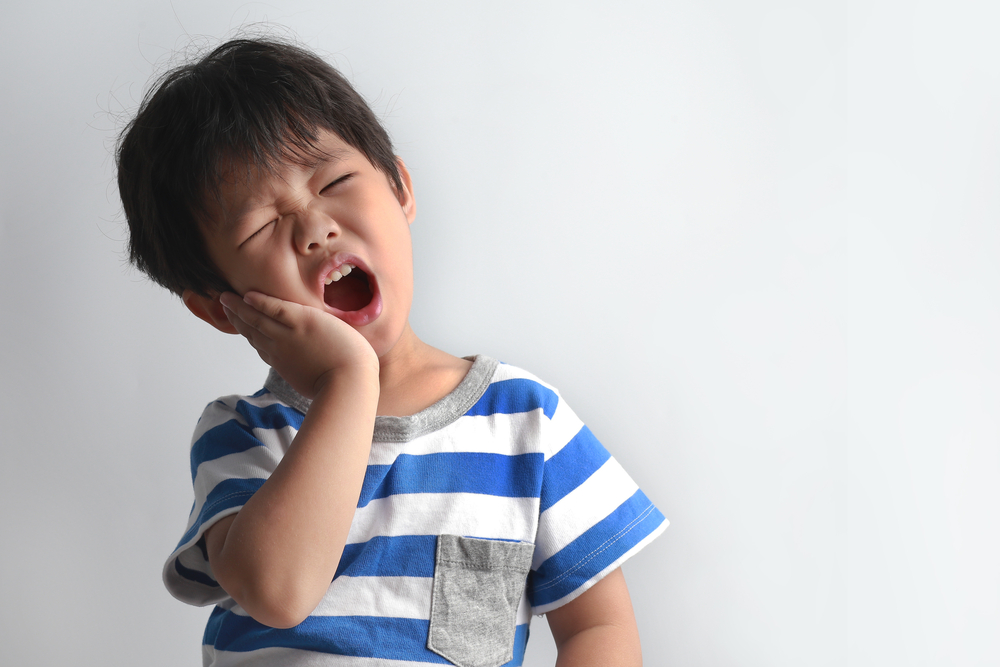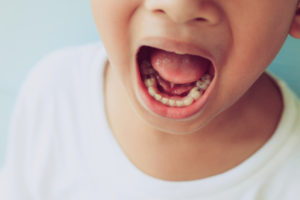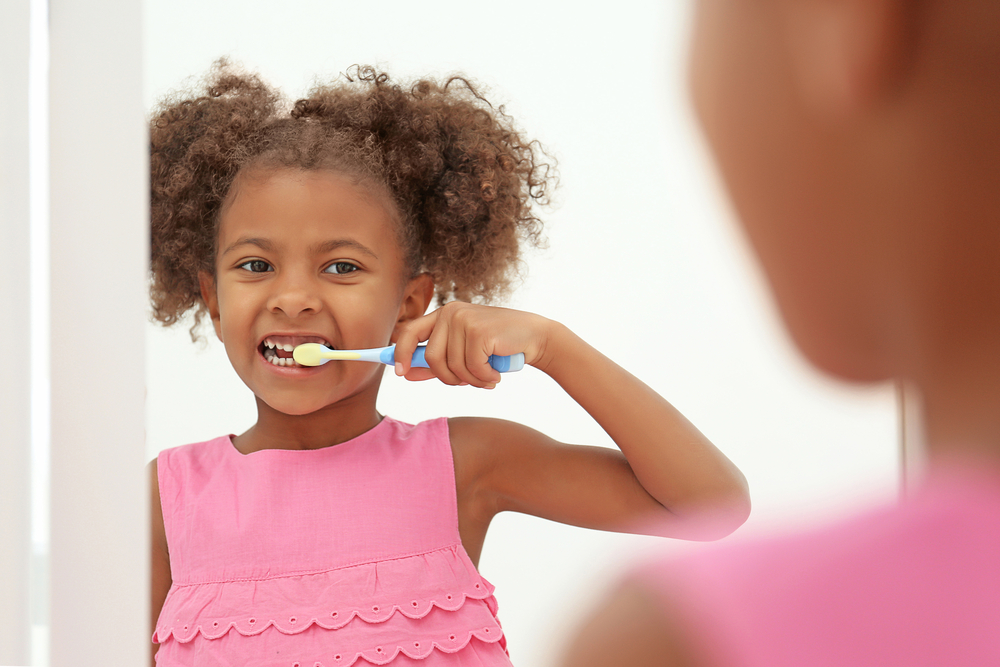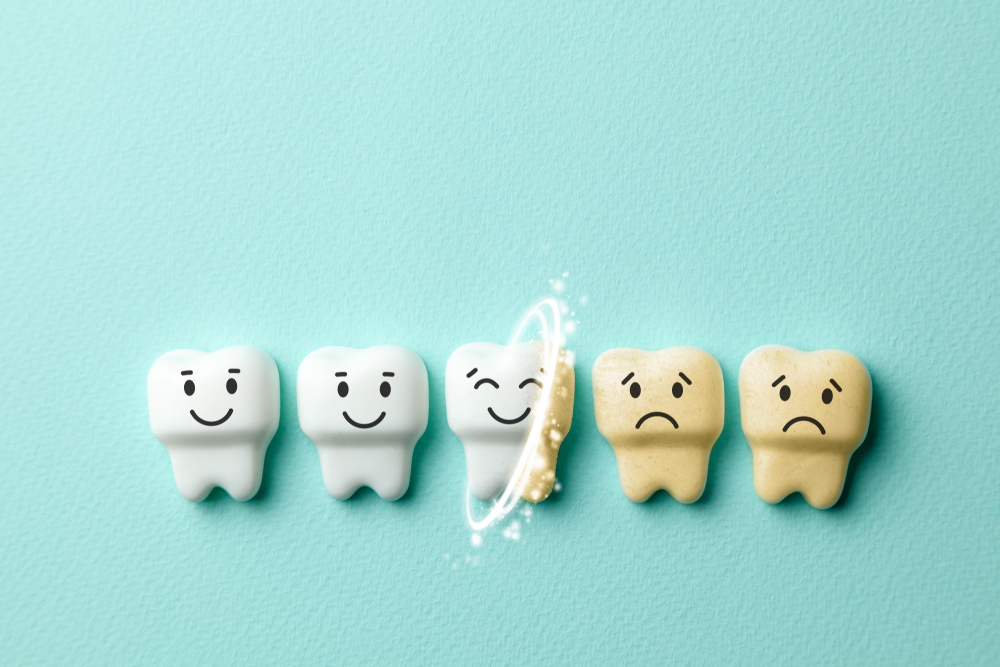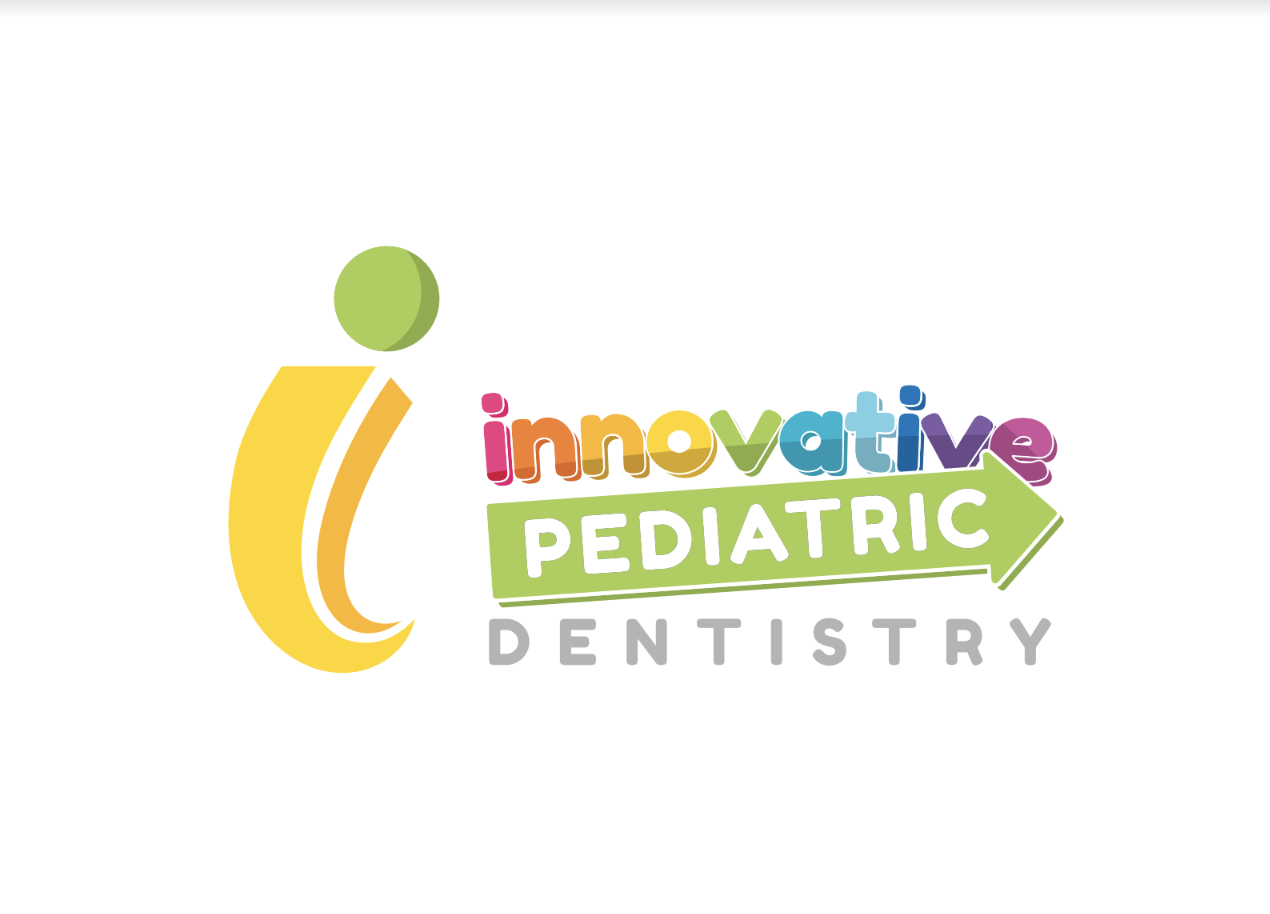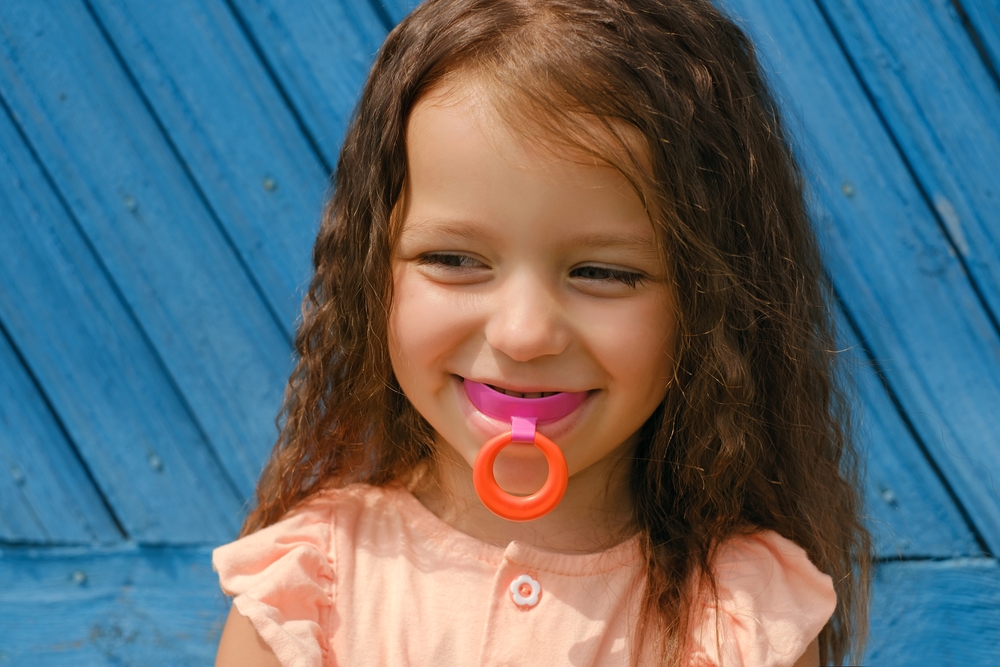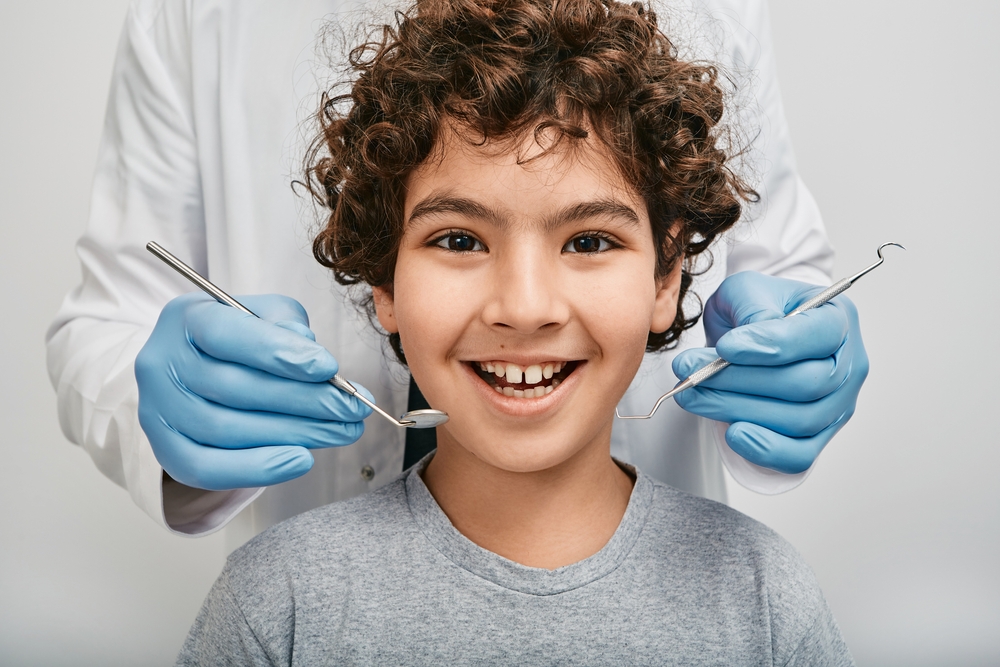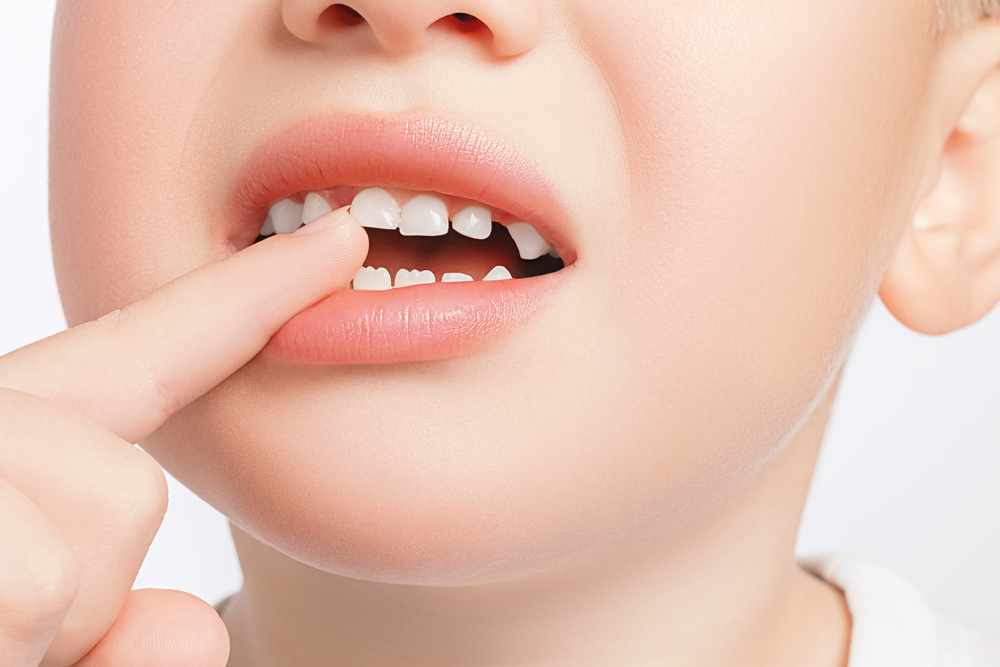
Any child can feel anxious about going to the dentist, but for children with autism spectrum disorders, high sensitivity and other health care needs, it can be especially challenging. The unfamiliar sounds, smells and sights of a new dental office can be an overwhelming experience.
Luckily, dental visits do not need to be a source of anxiety for kids with autism, high sensitivity, ADHD or any other physical, developmental, emotional or medical conditions. At Innovative Pediatric Dentistry, our board-certified pediatric dentist and team are trained in treating kids with a range of health care needs, and we know how to put them at ease. Plus, as a high-tech practice, we have a variety of tools for quick, comfy visits.
Looking for a sensory-friendly dentist in Naperville? Here are our five favorite dental technologies that can help make dental care stress-free for kids with special needs:
Sensory-Friendly Dental Technology
1. NOMAD Digital X-Ray Device
With conventional x-ray machines, kids have to sit very still while chomping down on bitewings that dig into their cheeks. Then, the dental assistant has to leave them alone in the room to take the x-rays, which can be scary for kids, especially those with autism or anxiety.
Our NOMAD device is a handheld x-ray machine with a built-in shield protector, so the operator never has to leave the room. (Not to mention, the NOMAD looks like a Star Wars prop, so it has a dual entertainment value for your little one!) The NOMAD is used with our Gendex™ digital pedo sensors. These small sensors replace traditional bitewings for a more comfortable, squirm-free experience.
Our favorite perks of the NOMAD digital x-ray device include:
- It emits significantly less radiation than traditional x-rays
- Images show up instantly on the computer screen (decreasing appointment times)
- It takes x-rays twice as fast as a conventional machine
- The dental assistant stays in the room with your little one
2. Dexis CariVu™
Nobody likes a cavity, however, the faster we diagnose and address decay, the easier and less involved treatment will be. Our DEXIS CariVu cavity detector reveals every suspicious area of a patient’s mouth and gives us a closer view without exposing a patient to any more radiation. Even small areas of decay don’t go undetected, and healthy teeth aren’t misdiagnosed as having cavities.
This handheld device works by shining safe, near-infrared light straight through teeth, which makes the enamel transparent while cracks and decay appear dark. The process is comfortable, quick and completely painless.
Accurately diagnosing cavities and decay allows us to conservatively treat patients with the least invasive option possible. When it comes to anxiety or autism and dentistry, early detection is ideal.
Our favorite perks of DEXIS CariVu include:
- Captures hard-to-see areas for early intervention
- Your little one gets to see their teeth on the screen and learn about their oral health
- Small in size for optimal comfort
- Emits zero ionizing radiation
3. Diode Laser
Needles can be a cause of anxiety for our younger patients, which is why we are so excited about the diode laser. The laser offers a painless, needle-free alternative for procedures like removing excess gum tissue, lip- and tongue-tie revisions, encouraging tooth eruption and more.
Our expert dentist applies a topical anesthetic, so the only thing your child will feel is the movement of the laser. This dental technology is really helpful when managing the dental health of special needs kids.
Our favorite perks of the diode laser include:
- Comfortable and needle-free, making it great for even the youngest patients
- The precision of the laser means highly accurate procedures that don’t damage the surrounding tissue
- It can be used for a variety of different treatments
4. iTero® Digital Scanner
Messy, goopy impressions are a thing of the past! With a fancy digital wand, our iTero Digital Scanner snaps images of your kid’s teeth and gums in seconds. The computerized 3D model of their mouth appears on the screen, so your child can see what the inside of their mouth looks like in real-time.
Unlike regular impressions, there is no weird taste or dealing with the sensation of biting into putty, kids can breathe and swallow normally during the scan and it doesn’t cause gagging.
Our favorite perks of the iTero Digital Scanner include:
- No radiation or messy materials
- We get high-definition images instantly on our screen
- The scans create a 3D model of the mouth for precise treatment planning
- The lightweight wand takes more accurate images than old impression methods
5. Dry Shield
During dental procedures, our dentists need to keep the area we are working on dry. Commonly, a rubber dental dam is used, which is uncomfortable and can leave patients with a sore jaw. Plus, there are a flurry of hands in your child’s mouth because an assistant needs to manage the water and suction, while the dentist works on their smile. This can all lead to sensory overload and make it hard for a child to sit still.
Dry Shield is an incredibly effective alternative that we use at Innovative Pediatric Dentistry.
The all-in-one device includes a bite block, kid-sized mouthpiece, suction, an oral pathway protector and a tongue shield. Not only is it more comfortable for the patient, it also lets us complete procedures more quickly and safely.
Our favorite perks of Dry Shield include:
- It has hands-free suction, so the dental assistant can focus on your child while the dentist completes the job
- The pediatric mouthpieces are made from soft silicone and come in different sizes
- Bite blocks improve visibility for the dentist and support the patient’s jaw
- Cheek retractors and tongue and oral pathway shields protect the mouth from any injury during a procedure
Sensory-friendly Bonus Tip
Did you know that being thirsty or hungry can lead to sensory overload for your child? If their body is preoccupied with these feelings, they cannot manage other sensations and stimuli and will often feel more agitated and stressed. The same goes for if your child has to use the bathroom. A great way to ensure a smooth dental visit is to make sure your child is fed, hydrated and uses the bathroom before their visit.
Choosing A Dentist For Kids With Autism, Anxiety And Special Healthcare Needs
Looking for an autism-friendly dentist near you? Our pediatric dentist in Naperville is proud to provide a sensory-friendly dental experience for your child. Book an appointment today! Or if you have more questions about how we can help prepare your child for their dental visit, please call or email us.


